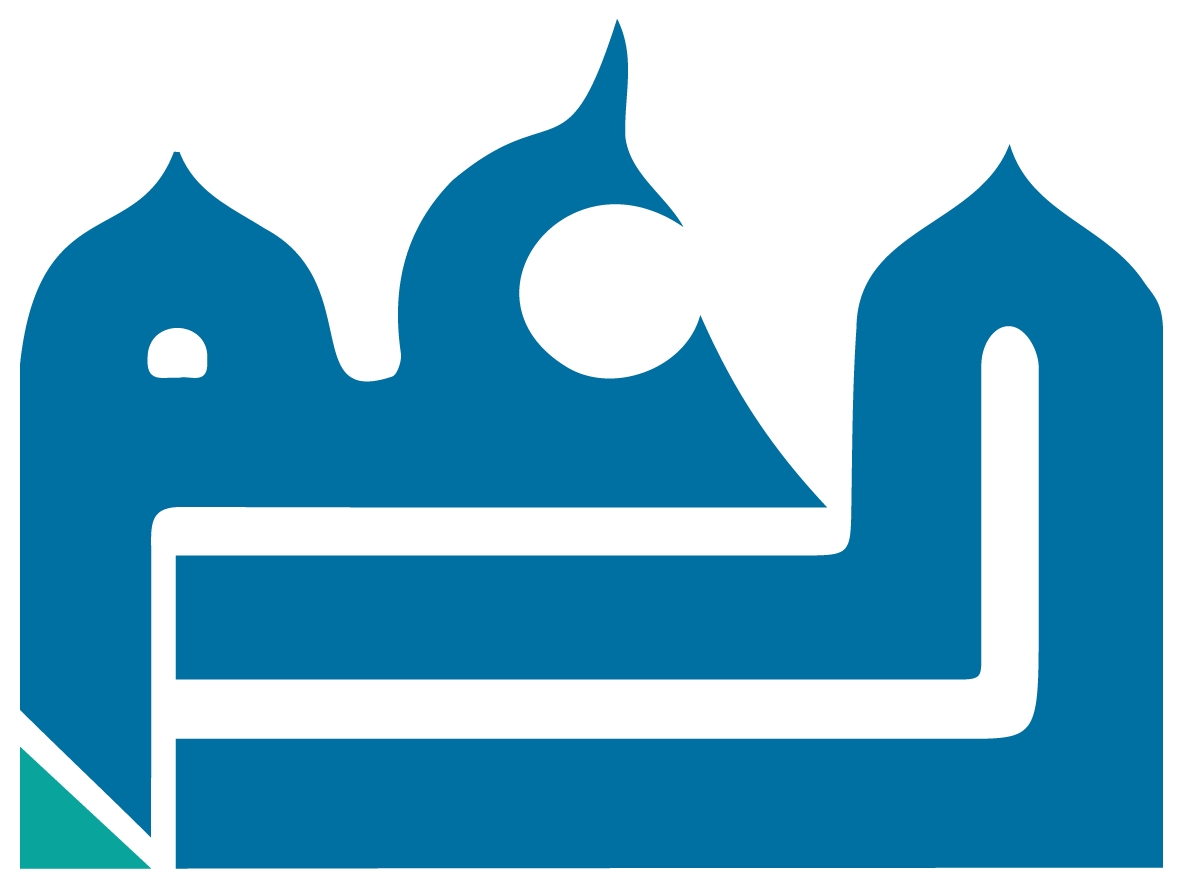What is PCI DSS?
Definition
PCI DSS (Payment Card Industry Data Security Standard) is a set of rules that ensure online credit card transactions are protected & safe from hackers. These rules apply to every business that processes, stores, or transmits credit card information over the internet. It was developed in 2004 by a group of payment card issuers (American Express, Visa, Discover, JCB, and MasterCard) to reduce risks related to Payment card fraud and hacking.
What is PCI DSS Level 1?
PCI DSS Level 1
PCI DSS Level 1 is the highest level of certification for payment processors, requiring rigorous security measures and annual audits. It is mandated for businesses that process over six million card transactions annually. PCI DSS Level 1 ensures that your payment systems are protected against breaches, fraud, and other cybersecurity threats, giving your customers confidence in the security of their transactions.
What are the PCI DSS Level 1 requirements
What Daam Al Arabia can do for you
Send Us A Message
Quick Contact
Quick Contact
Trusted by some of the biggest companies in the Kingdom







